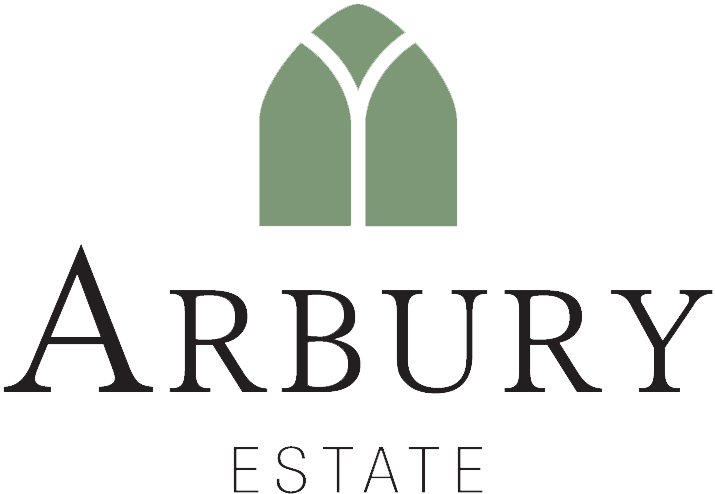Gardens And Park
The gardens, like the house, are due largely to Sir Roger Newdigate, and are in the picturesque manner prevalent in the second half of the eighteenth century, when there was a tendency to obliterate the formal planting fashionable at the beginning of the century and to replace it with rolling lawns, serpentine paths, clumps of judiciously sited trees and artificial lakes, often extending far beyond the immediate vicinity of the house. The gardens at Arbury are a good example of this informal style of landscape gardening. Beightons early eighteenth century view of the house shows that there was a typical formal garden to the east of the building, which was swept away by Sir Roger. There was no necessity for him to dig the lake to the south west of the house as it was already in existence probably surviving from the days when Arbury was a monastry.
Stretching for a considerable distance beyond the house and stables is the park, where a few of the original Forest of Arden oaks can still be seen among the woods and plantations of the last century. It was originally a deer park, but the herds were dispersed at the beginning of the last century. During the last war the park was used as a prisoner-of-war camp, but it has now been reclaimed as agricultural land.
The gardens divide into separate areas, one of the most picturesque of which is the Rose Garden surrounded by an ancient yew hedge.


